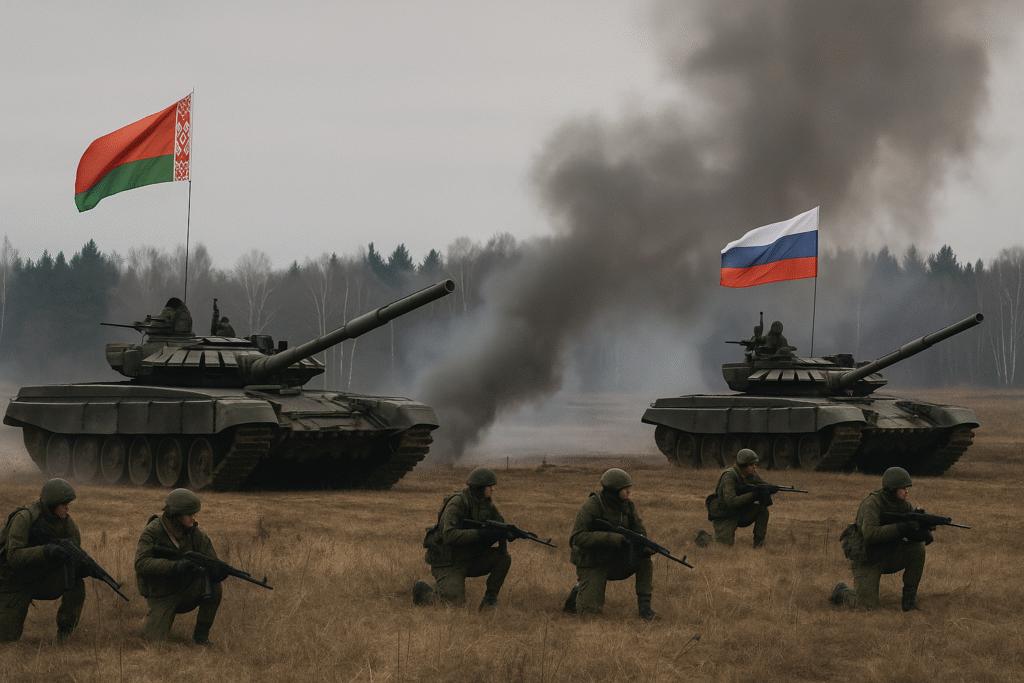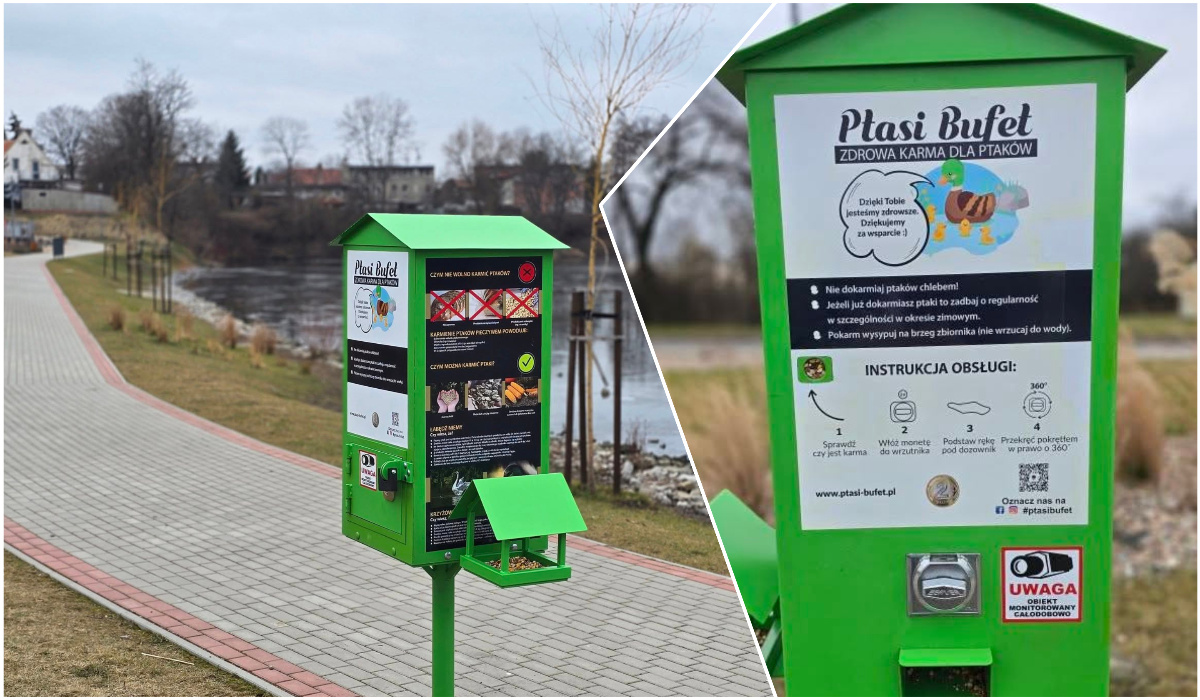
Spring 2025 brought long awaited White storks return to Polish nests. In many regions, including around Gorzów Wielkopolski, started breeding season – a unique time that determines the future of full stork families. Although for many it is simply a image of spring, for the birds themselves it is simply a ruthless conflict for survival.
Fight for all life – the logistics of stork parenting
During the breeding season, a couple must face challenges that frequently exceed the limits of the imagination of the average observer. Raising up to 5 chicks requires a large effort from adult birds.
Every day they gotta deliver to the nest even 4 kg of food. This is translated around:
- 185 kg earthworms
- 135 kg frogs
- 95 kg rodents
... throughout the season.
Unfavorable weather – besides long rains, frosts or prolonged droughts – can rapidly reduce the chances of the youngest to survive. In the absence of resources, parents destruct the weakest chicksto give a chance to the stronger.
Scientists in action: National monitoring of storks continues
Year 2025 is besides time intensive investigation activities. A nationwide census of white storks in which scientists usage Network of cameras and sensors, allowing constant reflection of nests throughout Poland.
The data collected shall be utilized to monitor:
- the condition of adult birds,
- the number of eggs laid and hatched,
- mortality of chicks,
- The impact of climate change on the course of the season.
Unfortunately, observations are disturbing. In the last 10 years the number of stork couples in Poland decreased by 10%. The most crucial causes are:
- the disappearance of wet meadowsas a key origin of food,
- intensive chemicalisation of agriculturewhich reduces the availability of safe food,
- urbanisation and degradation of breeding habitats.
Safe sockets: activities of local governments and naturalists
Important part of the protection of storks is the activities related to modernization of breeding sites. conventional nests can gain weight even 700 kg, which poses a real threat to the roofs of buildings on which they are frequently built.
That's why there's an action all over the country:
- transfer sockets to peculiar breeding platforms mounted on poles,
- strengthening existing structures,
- preventing property owners from closing sockets.
These actions aim not only to increase the safety of humans and birds, but besides to make a sustainable breeding infrastructure for future seasons.
Polish stork power – but the future is uncertain
Poland has been playing for decades key function in the global endurance of the white stork – it nests in us until 20% of the global population of this species. Specially populated regions specified as Warmia, Mazury and Podlasiewhere in any villages storks outnumber the population.
However, even this stork bastion is not resistant to change. Without decisive action:
- restoration traditional agricultural landscapes,
- protection wetland and marshland,
- restrictions on usage pesticides and chemical fertilisers,
Poland may shortly halt being a safe home for these birds.
A spring performance of nature with advanced stakes
The breeding period is Time of intense emotions and dramatic decisions. Each egg is simply a possible success, but besides a immense risk. Fighting the weather, hunger and food competition makes only The strongest individuals have a chance to survive.
This natural spectacle attracts all year thousands of observers, photographers and nature loversBut behind all act of his lies the brutal selection and conflict against the inexorable clock of nature.
The future in our hands
Today, more than ever, are essential coordinated actions of local governments, natural organisations, farmers and local communitiesto guarantee that the storks survive.
Will Poland hold the title of the stork power of Europe? This is simply a question to which we will learn not only this spring, but in subsequent decades – depending on the decisions made here and now.
Continued here:
Alarm for the storks! Poland loses 10% of the population – ornithologists strike alarm














